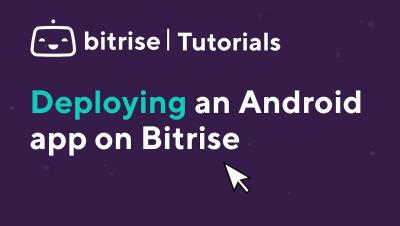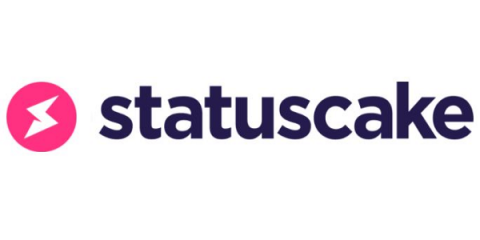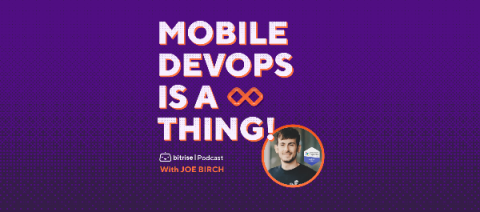Systems | Development | Analytics | API | Testing
Development
New Kafka governance: approval flows & app topology
It feels like only yesterday that we announced Lenses 3.1. The release was focused around helping developers be more productive when developing real-time data applications. Since then, our customers are onboarding new applications and new users onto their data platform at a faster rate than ever. And with more apps and users come stricter and tougher requirements for compliance and governance.
10+ Frameworks and Tools to Consider for PWA Development
From AliExpress to Forbes, Starbucks, Instagram, George, Trivago, Uber, and Medium, a vast number of top brands have switched to the PWA environment and recorded a significant rise in their ROI. Especially, in terms of faster app loading & higher customer engagement and retention rate. These brands have not just unveiled the numbers publicly, but have also encouraged others to step into the PWA development world.
A Tour of 7 Popular Ruby Frameworks in 2020
Ruby may be over 25 years old, but it remains popular in the software community for its focus on programmer happiness. Building software with Ruby often involves leveraging one or more popular frameworks for the purpose of increasing productivity by relying on existing solutions to common problems. Ruby frameworks generally fall into two categories: web-facing frameworks and background job frameworks.
North Dakota's COVID-19 Contact Tracking App Uses Bugfender, What About Privacy?
Today, May 21st, we received an interesting email from a journalist writing for Fast Company. Apparently, a privacy-focused company audited the app Care19, North Dakota’s COVID-19 contact tracking app, and they found that an anonymous tracking ID generated by the app was sent via API to Bugfender along with other identifiers. While the journalist contacted the app developers, he also gave us the opportunity to comment.
How to Improve User Experience
Our attention is increasingly focused on the online world, and with the widespread adoption of mobile devices, and rising data speeds, accessing a website has never been easier. There is also more choice than ever before for online users, with social media apps competing with traditional websites for our attention. In this crowded and competitive marketplace, how can you make your website stand out from the crowd?
Station: A powerful smart browser for all your web applications
The internet has become an integral part of our lives. Be it work or daily chores, we can’t imagine getting through the day without it. As our reliance on internet increases day by day, a majority of applications we’re switching to have web-based interfaces. The growing popularity of smartphones and portable devices has fueled this tech revolution. Most applications that have web-based interfaces are hosted on the cloud these days.
10 Things To Do For Your Dev-Self
I just finished renovating the Rookout Breakpoint Editor area. It's the place within the Rookout app that lets you set a breakpoint condition, hit limit, time limit, variable collection depth, and other settings.
Speeding up Rails with Memoization
Whoever first said that "the fastest code is no code" must have really liked memoization. After all, memoization speeds up your application by running less code. In this article, Jonathan Miles introduces us to memoization. We'll learn when to use it, how to implement it in Ruby, and how to avoid common pitfalls. Buckle up!
Remote work and Mobile DevOps with Joe Birch
We’re excited to announce the second episode of our podcast, Mobile DevOps is a thing! This episode focuses on different aspects of remote work, Mobile DevOps, and how to remain productive from home, featuring special guest: Joe Birch.











